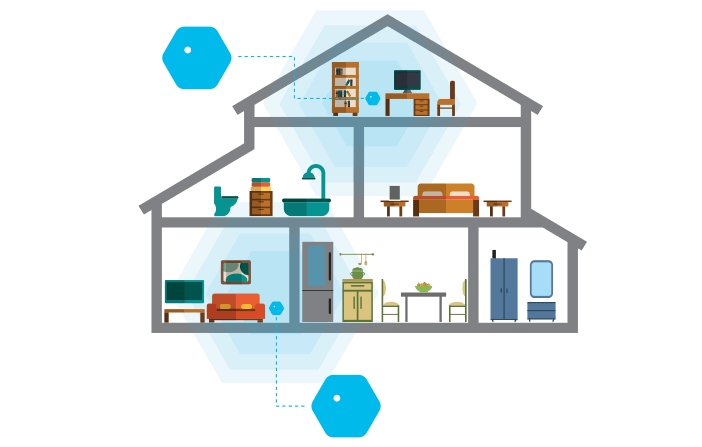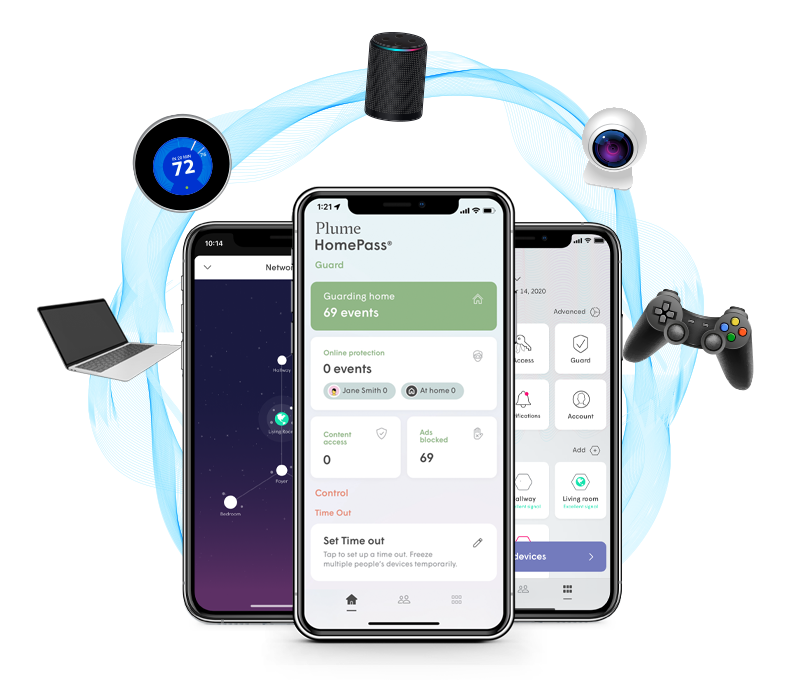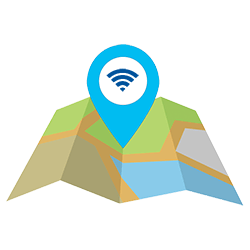

Internet made easy.
Whole-home coverage.
Zoom now includes enhanced Wi-Fi capabilities, which provides full-strength, uninterrupted connectivity to every device in your home.

 Whole-home coverage.
Whole-home coverage.
Never a dull moment
Zoom now includes breakthrough cloud-based Wi-Fi technology, providing you with full-strength, uninterrupted connectivity where and when you need it.
Getting smarter all the time
Unlike other Wi-Fi systems, Plume HomePass® continuously learns about your internet needs and performs advanced self-optimizations, allocating capacity to devices that need it most. And it gets better each day!
 You're in control.
You're in control.
Easily manage your network with the highly rated Plume HomePass® app. You're in complete control over every device in your home.

Explore the App





